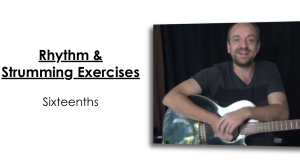
Sixteenth Notes
Divide the eighth note in half to get the sixteenth note.
Lesson Info
Lesson Length: 3:16
Instructor: George Goodman
Concepts:
* Sixteenth notes
* Downstrokes and Upstrokes
* Chords in the key of C major
Help File
Gear Used
Takamine EG541SC
I am playing my black tak in this one.
This is a Takamine G Series EG541SC bought in North Carolina when I was playing in a band called Double Take.
Specs:
Top - Solid Spruce
Back - Nato
Sides - Nato
Finger Board - Rosewood
Electronics - TK40
Finish - Gloss Black
Check out more Takamine G Series Guitars
Sixteenth Note Rhythm
Rhythm

4 sixteenth notes will sound in a single beat, 16 will occur in a measure of common or 4/4 time.
The normal counting method for each sixteenth goes like this
1 e & a
Notes that land on the downbeat and '&' are downstrokes while notes that land on 'e' and 'a' are upstrokes.
Keep the strum going. Only use as much movement as required - a little from the wrist and a little from the elbow.
Paint the string with the pick.
Chord Progression
The chord progression used in this exercise:
C | C | Dm | Dm | Em | Em | F | F | G | G | Am | Am |
Building On The Last Exercise
Playing an eighth note rhythm with all downstrokes leaves room to add the upstroke which will result in the sixteenth rhythm.
Things To Work On
Work on creating clean sounding chords and making the chord changes as quickly as possible.
For the left hand, fret the strings with the finger tips by arching the fingers and place them close to the frets.
For the right hand, strum down (down stroke), and then up (upstroke) with a combination of wrist and elbow movement. Keep your hand close to the strings without using excessive movement.
Stick to the beat.
Ear Training
Practice singing the root notes of each of the chords and listen for the differences between the quality, major or minor, of the different chords.
5 Pack Case of Hohner Special 20s
What do I like about the Special 20s?
Great Sound, Smooth Comb, Responsive to Bending - but not loose, Affordable. I play Special 20s more than any other model.
Hohner Harmonica Holder
The Hohner Harmonica Neck Holder fits harmonicas up to 7-1/2" long, has a nickel plated finish and fits any neck shape.
I have used a similar holder for over 25 years. This no-nonsense holder will work for you.
Martin Acoustic Guitar Strings
If it's been a while since you've changed your strings, you won't believe the difference in the sound. These are some excellent Martin strings. Need I say more? Totally affordable.


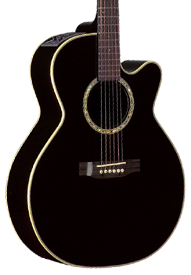

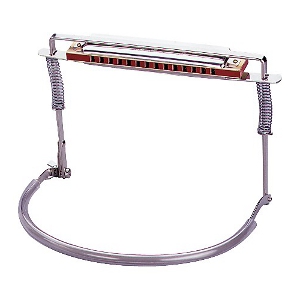


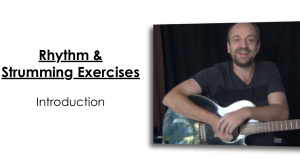
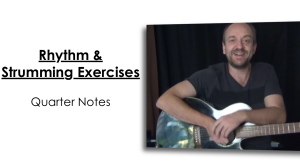

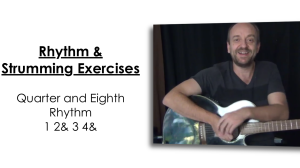
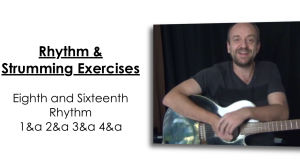
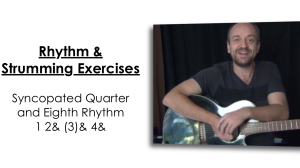
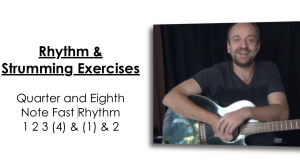



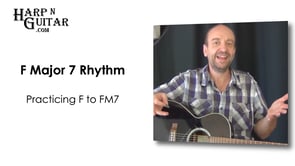


Leave a Reply